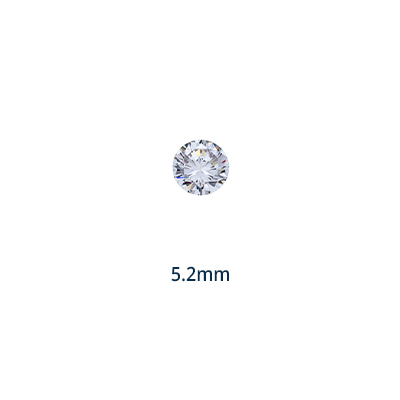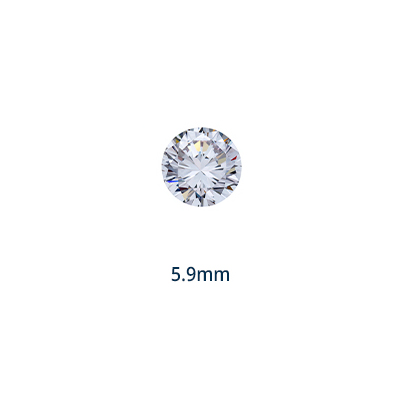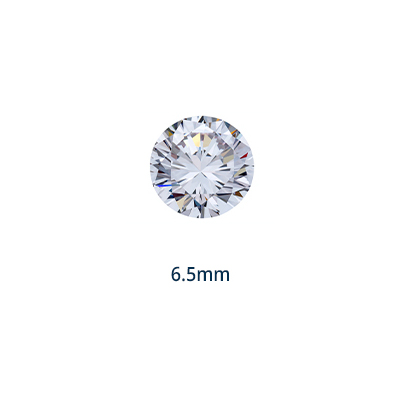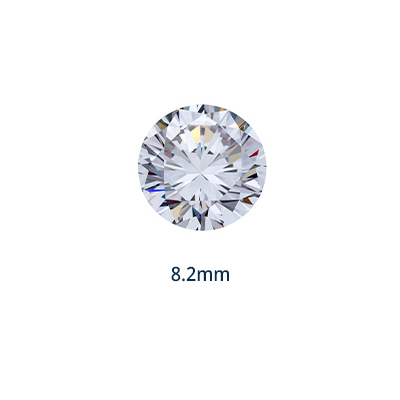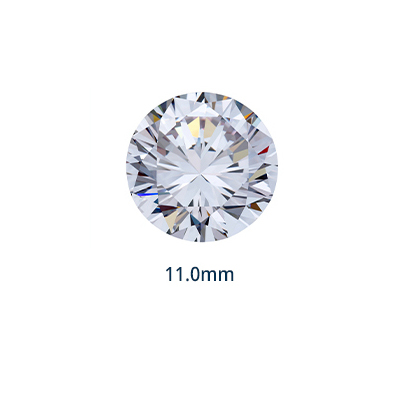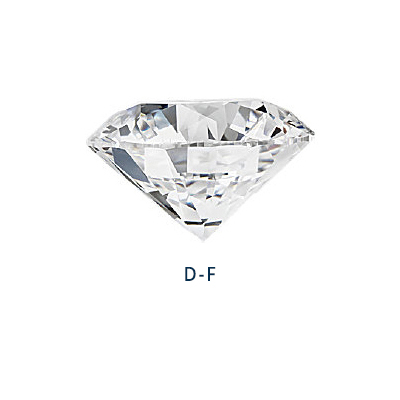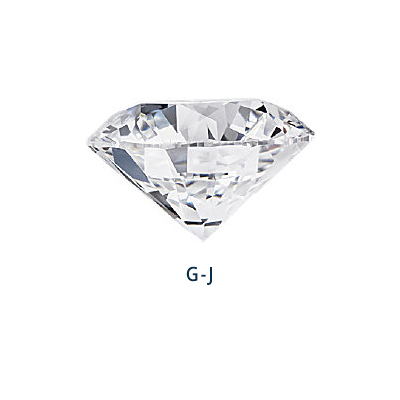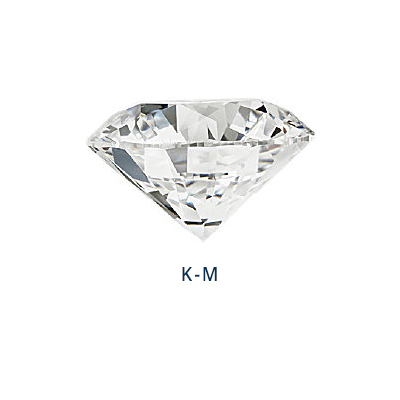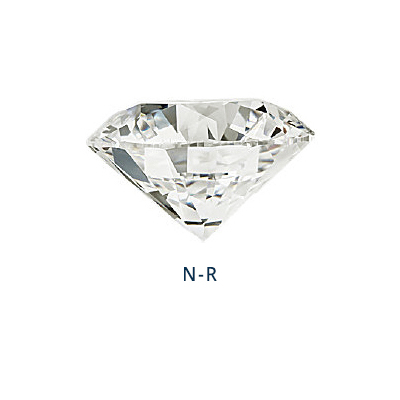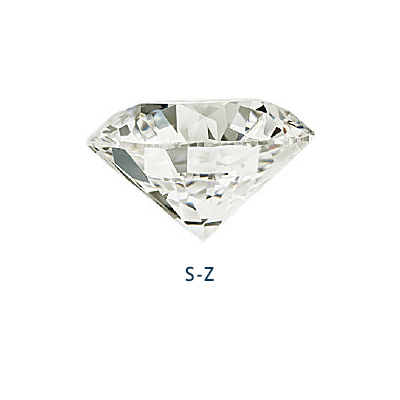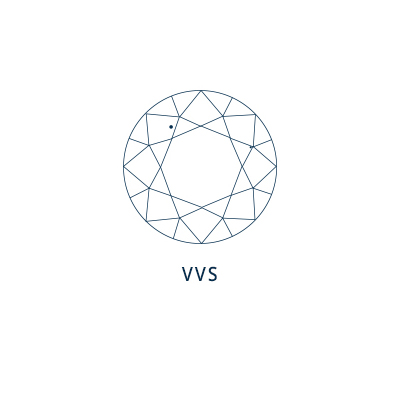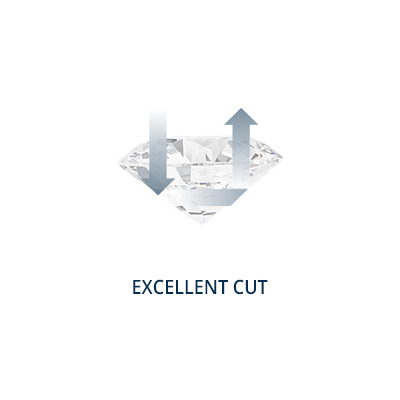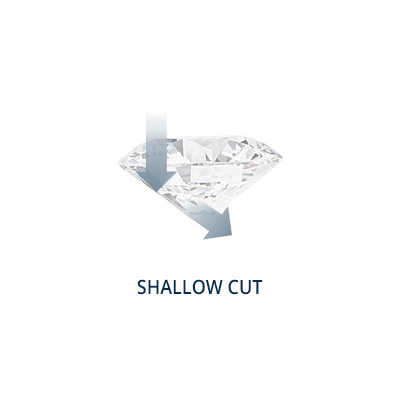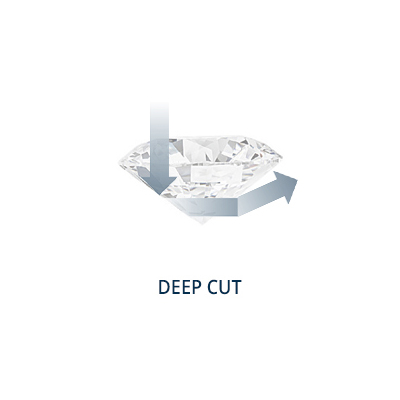4C OF DIAMOND
Diamond 4C
Diamond is a crystalline form of carbon. Its rarity makes it extremely valuable and precious. The combination of the 4Cs, namely Carat, Color, Clarity and Cut, determines the value of a particular diamond. Because diamond is the most hardness naturally found materials, it is ideal for both jewellery and industrial purposes. Fewer than 20 percent of the diamonds mined each year are suitable for making jewellery. To discern the value and quality of a diamond, experts examine each of the Four Cs - Cut, Clarity, Carat and Colour.
Diamonds and other gemstones are weighed in metric carats: One carat is equal to 0.2 grams, about the same weight as a paperclip. (Don’t confuse carat with karat, as in "18K gold," which refers to gold purity.) Carat is divided into 100 points. For example, a 50-point diamond weighs 0.50 carats.

1 carat =1.00 carat=100points
1/2 carat= 0.50 carat= 50 points
1/4 carat=0.25 carat= 25 points
Because even a fraction of a carat can make a considerable difference in cost, precision is crucial. In the diamond industry, weight is often measured to the hundred thousandths of a carat, and rounded to a hundredth of a carat. Diamond weights greater than one carat are expressed in carats and decimals.
Diamonds are valued by how closely they approach colorlessness – the less color, the higher their value. (The exception to this is fancy-color diamonds, such as pinks and blues, which lie outside this color range.) Most diamonds found in jewelry stores run from colorless to near-colorless, with slight hints of yellow or brown.

Color-grading scale for diamonds begins with the letter D, representing colorless, and continues with increasing presence of color to the letter Z, or near-colorless. Each letter grade has a clearly defined range of color appearance. Diamonds are color-graded by comparing them to stones of known color under controlled lighting and precise viewing conditions.
Many of these color distinctions are so subtle as to be invisible to the untrained eye. But these slight differences make a very big difference in diamond quality and price.
Because diamonds formed deep within the earth, under extreme heat and pressure, they often contain unique birthmarks, either internal (inclusions) or external (blemishes).
Practically all diamonds contain naturally occurring internal characteristics called inclusions. The size, nature, location and amount of inclusions determine a stone’s clarity grade and affect its cost. Clarity is determined using 10X magnification. By definition, if something is not visible at 10X, it does not effect the clarity.

No inclusions visible, by an expert at 10X magnification
Diamond clarity refers to the absence of these inclusions and blemishes. Diamonds without these birthmarks are rare, and rarity affects a diamond’s value. Using the GIA International Diamond Grading System™, diamonds are assigned a clarity grade that ranges from flawless (FL) to diamonds with obvious inclusions (I3).
Every diamond is unique. None is absolutely perfect under 10× magnification, though some come close. Known as Flawless diamonds, these are exceptionally rare.
Cut is the only human factor in the 4Cs that affects the brilliancy and sparkle of a diamond.
A diamond’s cut refers to how well-proportioned the dimensions of a diamond are, and how these surfaces, or facets, are positioned to create sparkle and brilliance.

